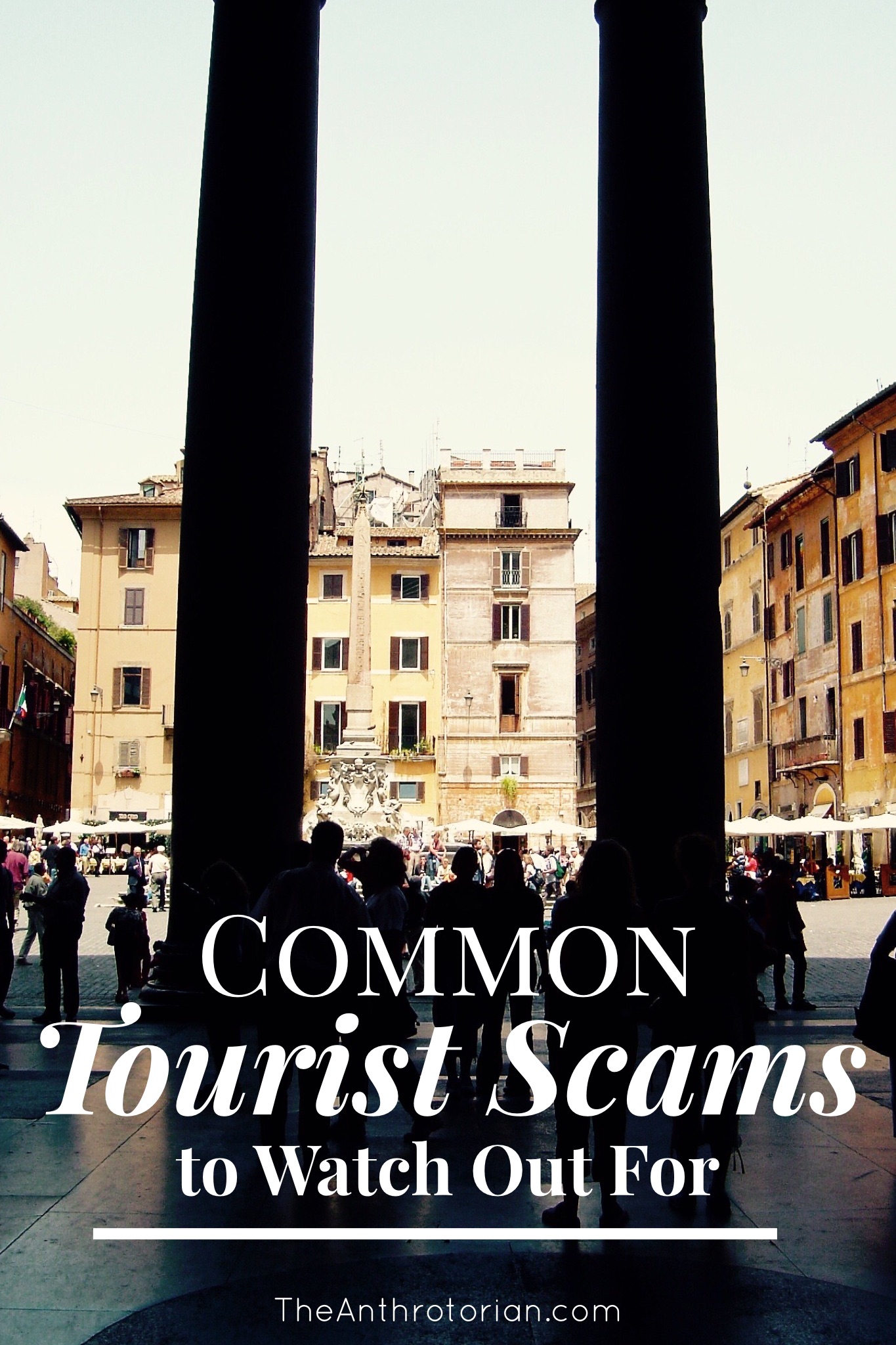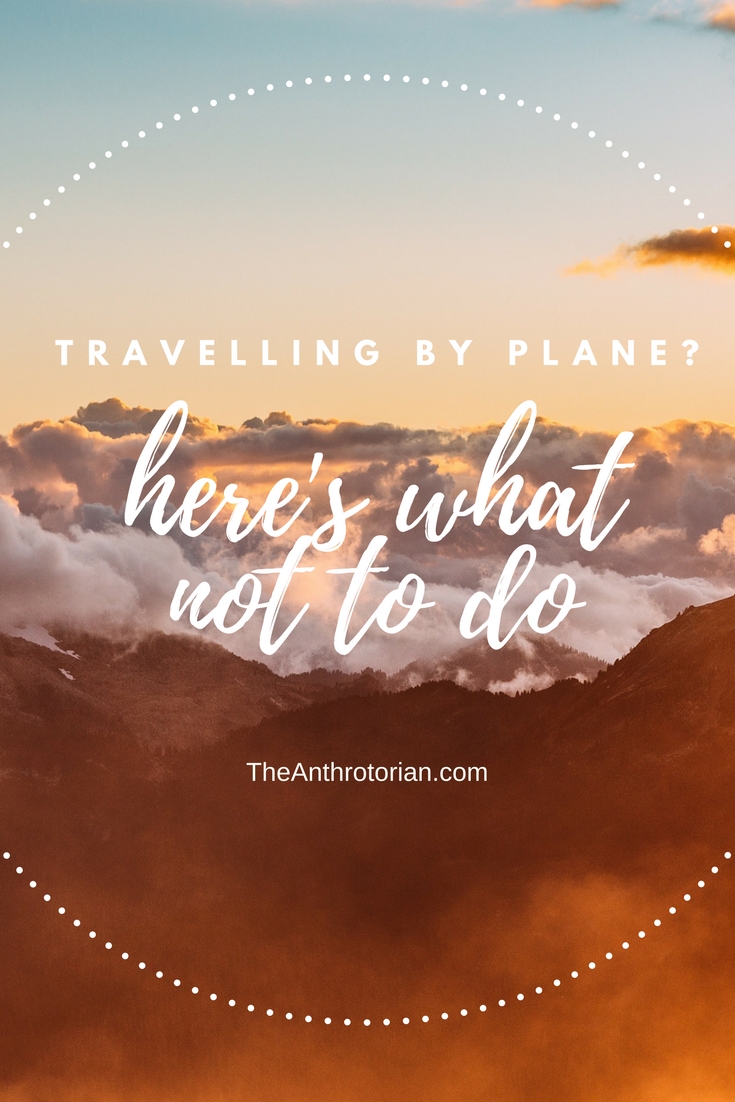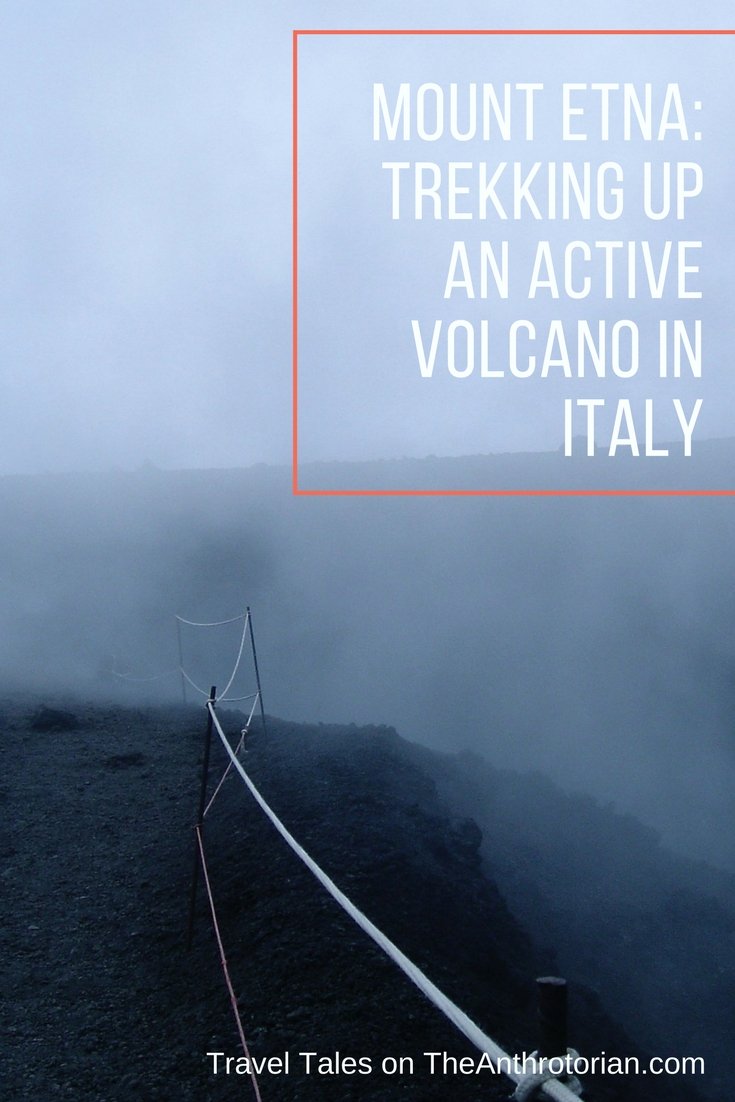The camo-clad American soldier stood up from his seat at the front of the bus and faced us.
He waited until he had everyone’s attention and then, his voice conveying no emotion, informed us that the sparse forest on either side of the dirt road we were driving down was devoid of any signs of human activity because it was full of active landmines.
Then, pointing out the windshield he explained that the giant, thick concrete arch we were about to drive under was an anti-tank obstacle lined with dynamite.
Seeing the growing concern on our faces, he smiled, tipped his military-issued hat and said, “Welcome to the DMZ folks.”
The Freedom Bridge crossing the Imjin River is one of the few physical connections between the two Koreas. The far bank of the river is the North Korean side of the DMZ.
We had just left the Freedom Bridge built across the Imjin River — one of the few physical connections between North and South Korea. Formally a railroad bridge, it was most recently used to transport repatriated Prisoners of War returning from the north, back to the south side of the peninsula.
We were only able to walk a few meters out onto it because our way was blocked by a chain-link fence covered in handwritten notes on strips of cloth (so the rain would not wash them away), South Korean flags, and photographs.
At the top of the high fence, a wooden cross seemed to float in the menacing, twisted barbed wire that topped the metal barrier. It had become a sort of message board created by the family and friends of those who were lost to the North Korean side when the country was separated.
The people crowded near our side of the fence crying, praying, taking photos or adding to the writing on the wall were a stark contrast to the north side of the bridge. Pushing aside some of the fabric messages, I could see through the chain link that it was eerily barren and deserted — not a soul in sight.
South Korean's leave notes for loved ones that they lost to the North when the Korean War ended, and prayers for peace and unification.
After giving us about twenty minutes to take it all in, we were ushered back onto the air-conditioned tour bus. Having had to adhere to a strict dress code that involved wearing pants (no holes, leather, or camo), long sleeves (t-shirts were not allowed), and closed toed shoes in the middle of a humid heat wave, made the bus a welcoming respite from the weather outside.
We drove parallel to high fences topped with barbed wire, watchtowers, and trenches lining the South side of the DMZ border — the most heavily fortified border in the world. I stared out the window at that never-ending line of fortification separating capitalism from communism until we turned and picked up our military escort who, after driving us safely under concrete lined with dynamite, was taking us to our ultimate destination — inside the DMZ.
What exactly is the DMZ?
The DMZ or De-Militarized Zone is the lasting result of the Korean War, which began on June 25, 1950, when troops from the northern part of Korea invaded the south, and continued until a ceasefire was negotiated, splitting the country in half in 1953.
The three years of fighting resulted in the deaths of more than 2.5 million people (!) with many more injured, missing, or taken prisoner.
As a part of the ceasefire negotiations, the DMZ was created as an area of neutral territory that neither side could enter except when it was agreed upon by both governments and supervised by the United Nations. (South Korea has been a member of the United Nations since 1991).
Located only a short 55 km north of Seoul, the DMZ is 4 km wide, stretches 248 km from ocean to ocean and was once deemed to be “the scariest place on earth” by former President of the United States Bill Clinton after he visited the area himself.
Other than a small zone where diplomats and tourists can enter, the DMZ has been almost completely sealed off from all human activity for over half a century. As a result, no other place with a temperate zone climate in the world has been preserved so well. There are even rumors of tigers, thought to be long extinct from the hills of Korea, living there. Environmentalists and scientists have long been campaigning for the area to become a protected nature preserve should unification ever be negotiated.
The process of visiting the DMZ
Our bus stopped in front of a building on the outskirts of Camp Bonifas, called the Advance Camp, where approximately five thousand American and Korean soldiers are the first line of defense should there ever be an attack from the North. Almost thirty thousand American troops are stationed in South Korea at all times, living either at the camp near the border or at the larger military base located in Seoul, near Itaewon.
We were taken from the bus straight into a small lecture hall where we watched a short video explaining the strict procedures and protocols for visiting the DMZ. Being a hand talker, I was worried to learn that any gesturing could be taken as an act of aggression by the North Korean soldiers, who would have eyes on us throughout our entire visit. I vowed to keep my hands safely in my pockets next to my passport.
Once the video was over, we were handed a waiver that we were required to read and sign before we could continue past the camp. It clearly stated the following:
“The visit to the Joint Security Area at Panmunjom will entail entry into a hostile area and possibility of injury or death as a direct result of enemy action. The Joint Security Area is a neutral but divided area guarded by the United Nations Command military personnel on the one side (South) and Korea People’s Army personnel on the other (North). Guests of the United Nations Command are not permitted to cross the Military Demarcation Line into the portion of the Joint Security Area under control of the Korea People’s Army. Although incidents are not anticipated, the United Nations Command, the United States of America, and the Republic of Korea cannot guarantee the safety of the visitors and may not be held accountable in the event of a hostile enemy attack.”
Not wanting to sugarcoat anything, the video had informed us that in 1984 a gun battle had occurred at the exact location that we were traveling to when a Russian defector escaped from the North to the South.
Not one person refused to sign the waiver, and I handed mine to our escort as I got back on the bus pointed north.
The blue buildings are straddling the North Korean and South Korean border. The multi-level concrete building behind them is a North Korean structure. You can't tell from this picture, but it is covered in cameras.
After a short drive, we pulled up to a building just outside the Joint Security Area (JSA) at Panmunjom, the only area of the DMZ that civilians are permitted to visit and the only place where I could get close to North Korea without being arrested or shot. When dignitaries are present, the area is crowded with guards and news agencies, but other than our group and a handful of visible military personnel, the area was devoid of life.
Our escort told us to follow him single file through the modern pagoda-style building that we had pulled up to. It was empty of furniture and made almost entirely of glass. We were told not to talk, take any photos, point, or wave as any of these actions could be taken as acts of hostility (of course, some jerk behind me ignored the rules and whipped out his camera as soon as he had the chance — he was promptly taken back to the bus by a very angry looking soldier).
I held my breath as we emerged silently from the glass building onto a road and was shocked to see that there were no fences or walls separating the two sides. A raised line of grey, concrete blocks that ran along the ground was all that there was to identify the border.
A view of the Korean border from inside one of the UN buildings. I am standing on the North side (the weedy side). The grey gravel is the South Korean side, and the concrete blocks down the middle are all that separates the two sides.
On the South Korean side of the blocks, there was darkly colored gravel covering the ground — like on a walkway in a well-kept garden. On the North, was nothing but dirty cracked concrete with weeds growing out of it.
We had been warned that making any motion to step near or over the border would have resulted in lethal force being used against us by North Korean soldiers, sure to have guns trained on us the whole time.
In contrast to the large transparent structure that we had just walked through, the buildings on the North side looked like high concrete bunkers with menacing slits in the sides as windows (most likely gun ports). There were no North Korean soldiers in sight, but we had been assured (many times) that they were always there and would be watching (and probably recording) our every move.
Stepping into North Korea
Our escort led us into one of three small, sky-blue buildings that straddled the grey concrete border. A United Nations (UN) building (also called the MAC conference room), it was used as neutral territory where military meetings and peace discussions could take place. Walking around the polished central table, I took my first step into North Korea.
If I had been outside, cracked concrete would have been under my feet.
There were microphones and video cameras attached to the desks and walls and we were told they were always on, and that both the North and South Korean soldiers would be monitoring everything that we said or did in that small room.
We were told that though we were "permitted" to walk on the communist side of the room, nothing on that side was to be touched.
South Korean soldier standing in modified taekwondo stance inside the UN building.
Inside the building with us were two South Korean soldiers standing in modified taekwondo stance with their legs shoulder width apart, arms at their sides with hands in firmly clenched fists. They were guarding the doors and ready to react if there was an attack or (more likely) if one of us had acted inappropriately.
Our guide informed us that when there were official meetings held in the UN buildings, soldiers from both sides would line up along the low grey concrete border eye-to-eye and close enough to poke each other in the stomach if they wanted to. Having heard first-hand accounts of how family and friends were unwillingly separated when the border was drawn at the time of the ceasefire, I wondered if soldiers lining up at these meetings ever found themselves face to face with a long lost cousin, brother or childhood friend.
I didn’t register how tense I had been until we were safely back on the bus driving away from the JSA and I realized that I had left nail marks in the palms of my hands.
South Korean soldiers saluting our bus as we drove away from the JSA.
Planning your visit
NOTE: The DMZ can be visited by guided tour ONLY, at times when the threat risk is low.
There are a lot of sketchy websites out there advertising tours, use Korea's official tourism website to pick yours. There are details about the different sites you can visit, and a bunch of travel agencies and tour booking sites at the bottom of the page. Most tours require you to book a few days in advance, so you will need to plan ahead
You will have to have your passport with you for most tours — especially if you are planning on visiting the JSA.
There is a dress code (as mentioned above). You will be given specific information when you book your tour, but you will have to have knees and elbows covered, have clean, ironed clothing with no tears, and have neat hair.
The DMZ is essentially an active war zone, so there is no guarantee that your tour will happen — especially if tensions rise on the day that you are meant to visit.
Related Posts
Why Learning (and teaching) English As a Second Language Isn't As Easy As You Think
Everything You Want To Know About Teaching English As a Second Language
When The Gobi Desert Ruins Your Shirt: Clothing Mishaps In South Korea
Must-Visit Destination: Exploring Jeju Island In South Korea
The Jjimjilbang Experience: Getting Naked With The Locals In South Korea












